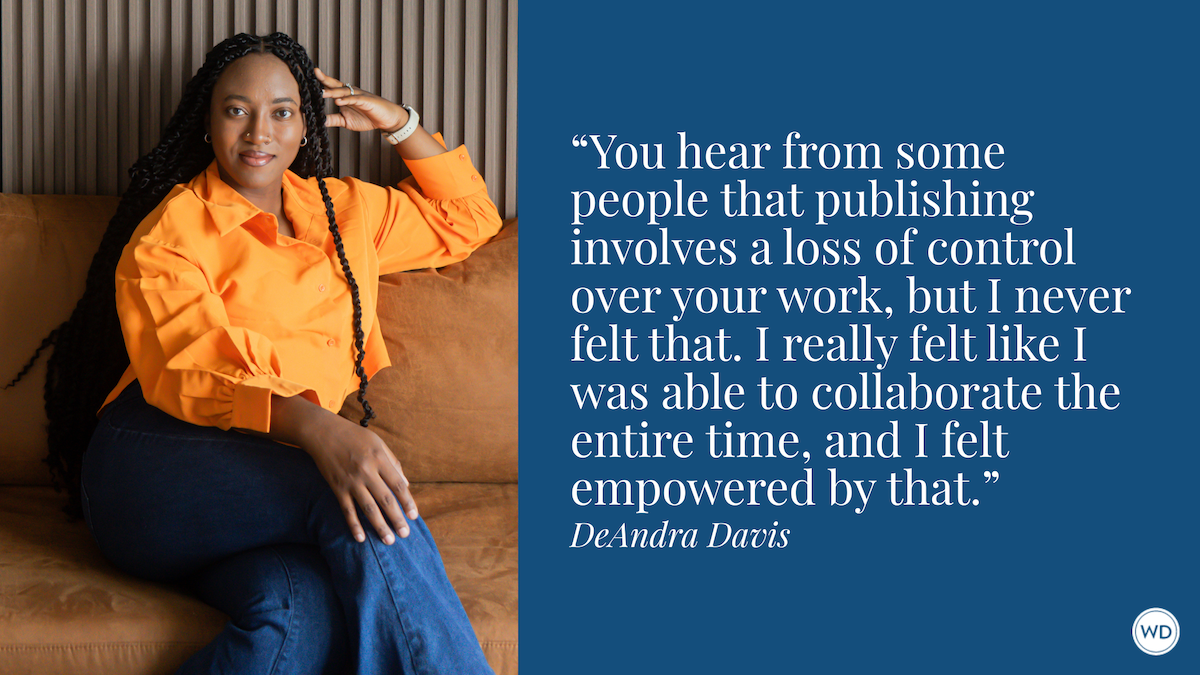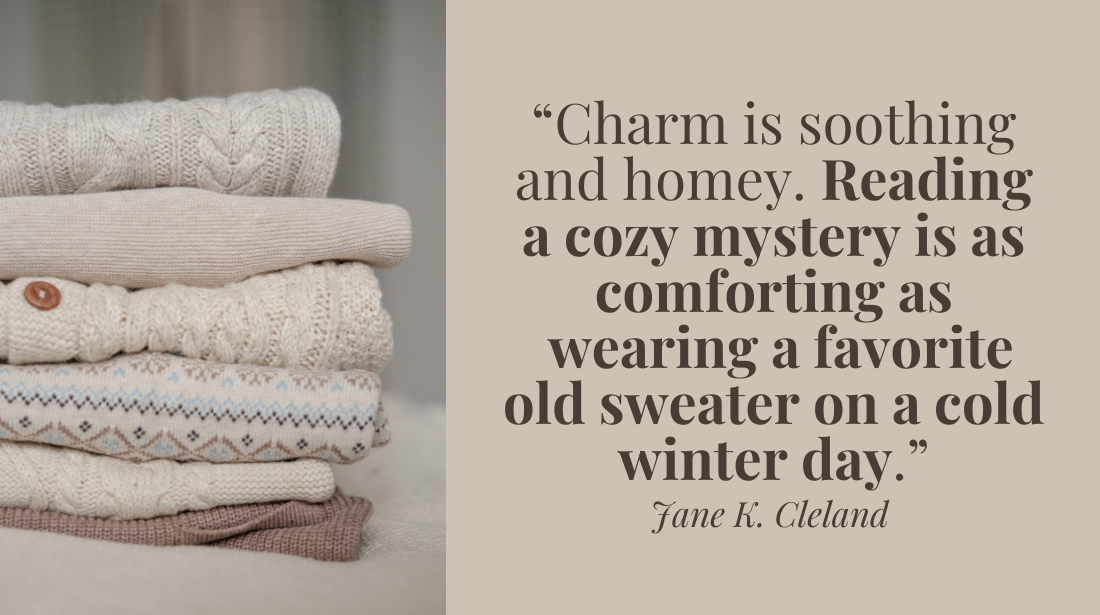5 Reasons Why Writers Should Include Literary Easter Eggs in Their Books
Leaving behind hidden surprises in your story can help make your readers feel more connected to it, and more connected to you. Here, author Robin Yeatman shares fives reasons why writers should include literary easter eggs in their books.
An Easter egg hunt! And it’s not even Easter. Actually, literary Easter eggs have nothing to do with Easter. But we all know what literary Easter eggs are: surprises left by the writer for the reader to discover.
These tasty nuggets can be anything from an inside joke, references to other books and works of art, or even a secret message. Such subtle allusions add an extra layer to any story and can be quite powerful tools in a writer’s kit.
Here are five reasons why authors should consider using them more:
1. Pleasure for the reader. Everyone likes to feel smart (I know I do). When a reader finds a subtle reference that requires insight, it gives that extra kick of pleasure to know that they “get it” on a deeper level. For instance, if a character pronounces “terlet” instead of “toilet” and the reader recognizes this as a nod to Richard Yates’ iconic story “The Best of Everything,” an intellectual game of catch with the writer is now in play, one that feels exclusive and satisfying.
2. Reveal character. It goes without saying that anything that evokes character in a meaningful way is valuable to writers and readers alike. Since most readers don’t want it all spelled out for them, Easter eggs are a succinct way for the writer to reveal character indirectly. If a character is seen studying John Updike’s Rabbit Run, for example, chances are his or her attitude to marriage is on the conflicted side. No need for explanatory paragraphs on the subject!
3. Sneaky way to foreshadow. Authors can foreshadow plot using Easter eggs. A great example of egg-turned-foreshadowing can be seen in the television series Breaking Bad, during a scene in which Walter White is watching Scarface. This simple, short scene hints that Walter’s dramatic character arc might be similar to that of Tony Montana’s. Savvy Easter egg hunters got that message loud and clear.
4. Pleasure for the REreader. When a reader revisits a book, those elusive eggs become easier to spot. They’re more fun the second time around because they give the rereader the satisfaction of knowing that the author was playing fair from the beginning, by leaving helpful indications. This is particularly true for mystery novels. In Agatha Christie’s Curtain, I delighted to see multiple allusions to Iago in Shakespeare’s Othello (his name is the answer to a clue in Captain Hastings’ crossword puzzle) prove to be salient breadcrumbs that lead to the identity of the murderer.
5. Art begets art. I adore it when authors lead me to works of fine art. John Banville made me look at the work of Pierre Bonnard in The Sea. Helen Weinzweig sparked my curiosity about Augustus John in Basic Black with Pearls. Therese Bohman brought my attention to Franz von Stuck in Eventide. And Katie Kitamura made new Judith Leyster’s work in Intimacies. Not only is this art-begets-art a simply beautiful, enriching phenomenon, but it also adds depth and weight to your work. By pointing to another piece of art, the writer is saying “look, I’m not the only one who thinks this.” Before you know it, the reader could be thinking it too.
Robin Yeatman is a shameless bookworm born in Calgary, Alberta, and raised in Vancouver, British Columbia. Educated in Canada and England, she trained as a broadcast journalist and worked in radio for roughly a decade. After a dozen years in Montreal, she now lives in Vancouver. Bookworm is her first book.








